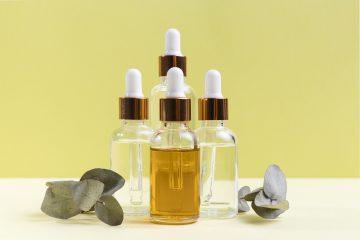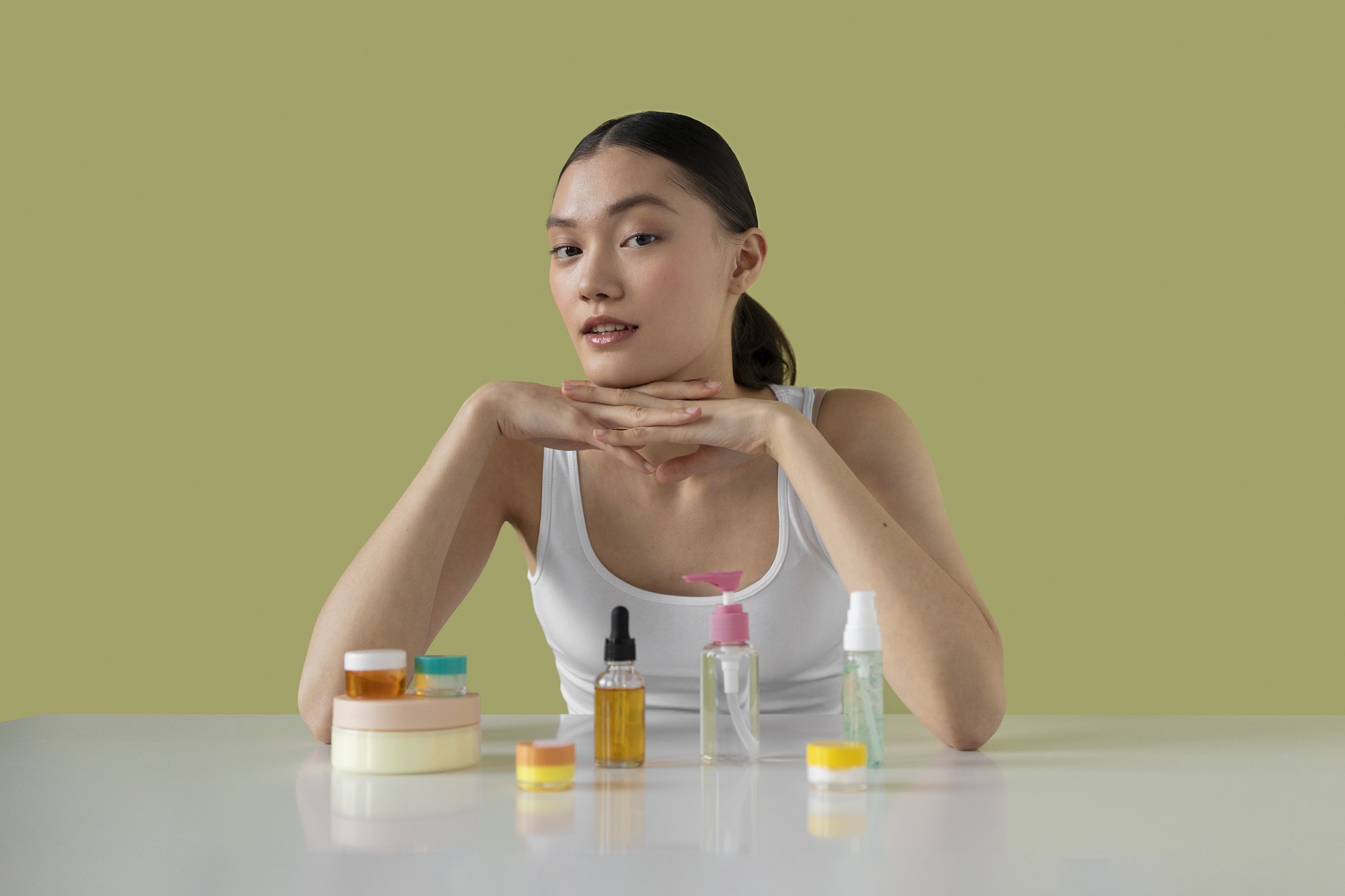Understanding Common Harmful Skincare Ingredients
Navigating skincare can be overwhelming, especially with many ingredients that may harm your skin. Recognizing these harmful components is crucial for maintaining healthy skin. Many products contain synthetic chemicals that can cause irritation, allergies, or long-term health issues. Being aware of these ingredients helps you make informed choices.
Common harmful ingredients include parabens, sulfates, and synthetic fragrances. Parabens, used as preservatives, have been linked to endocrine disruption. Sulfates like sodium lauryl sulfate can strip natural oils, causing dryness and irritation. Synthetic fragrances may trigger allergic reactions and irritation in sensitive skin, making treatments like the red carpet facial a safer alternative for achieving radiant, healthy skin.
Familiarizing yourself with these terms and their effects helps you avoid products that could worsen skin issues or cause damage. Knowledge is power in achieving healthier skin.
The Impact of Toxic Ingredients on Skin Health

Toxic ingredients in skincare can irritate the skin and compromise its natural barrier, making it more vulnerable to environmental damage. Long-term exposure may lead to chronic skin issues like eczema or dermatitis, and sometimes systemic health problems. Opting for safer treatments, such as a chemical peel, can help rejuvenate the skin while minimizing exposure to harmful substances.
Harmful substances can disrupt skin microbiome, increasing sensitivity and breakouts. Some chemicals also interfere with hormone function, affecting overall health. The cumulative effect highlights the importance of choosing skincare products carefully.
To reduce these risks, opt for products with clean, safe ingredients that nourish and protect the skin. Treatments like a hydrafacial can further enhance skin health by deeply cleansing and hydrating, promoting a clearer and more radiant complexion. Understanding the impact of toxic ingredients empowers you to make choices for healthier, more resilient skin.
Key Ingredients to Avoid and Their Alternatives
Knowing which ingredients to avoid is the first step in improving your skincare routine. Here are common harmful ingredients and safer alternatives:
- Parabens: Used to prevent bacterial growth, but linked to hormonal disruption.
Alternative: Look for products that use natural preservatives like vitamin E or rosemary extract.
- Sulfates: Often found in cleansers and shampoos; they can strip the skin of natural oils.
Alternative: Choose sulfate-free cleansers that use gentle surfactants like coco-glucoside.
- Phthalates: Used to increase flexibility and softness in creams, but potentially harmful to the reproductive system.
Alternative: Seek out products labeled as “phthalate-free.”
- Synthetic Fragrances: Can cause allergic reactions and skin irritation.
Alternative: Opt for products scented with essential oils or labeled as “fragrance-free.”
- Formal dehydeReleasers: Used as preservatives, they can cause skin irritation and allergies.
Alternative: Consider products that use safer preservatives like phenoxyethanol.
Replacing harmful ingredients with safer options can improve skin health. Always check labels and choose brands prioritizing safety and transparency.
How to Read Skincare Labels Effectively
Reading skincare labels carefully is essential for making informed choices about the products you use. Understanding ingredient lists helps you avoid harmful substances and pick products that suit your skin’s needs.
When checking a product’s label, focus on the first five ingredients, as they usually make up most of the formula. Ingredients are listed in order of concentration, so the most abundant ones reveal the product’s key components. Be cautious of complex chemical names, as these often indicate synthetic compounds that might irritate sensitive skin.
Also, pay attention to common certifications and claims such as “organic,” “natural,” or “non-comedogenic.” These can help identify safer products, but since these terms aren’t always regulated, it’s important to cross-check with the ingredient list to be sure.
Safer Skincare Brands to Consider
Choosing safer skincare brands can make a world of difference for your skin health. These brands prioritize clean, non-toxic ingredients and transparency in their formulations. Here are a few to consider:

- Drunk Elephant: Known for its commitment to clean beauty, this brand is free from what they call the “Suspicious 6,” including parabens and sulfates.
- The Ordinary: Offers straightforward formulations with no unnecessary additives, focusing on high-quality active ingredients.
- Paula’s Choice: Known for its research-backed products, free from fragrances and irritants, suitable for sensitive skin.
- Burt’s Bees: Focuses on natural ingredients, providing effective and gentle skincare solutions.
- Herbivore Botanicals: Offers plant-based, non-toxic products that are both effective and safe for the skin.
These brands have built a reputation for their commitment to safety and efficacy, providing you with options that support healthier skin without compromising on quality.
The Importance of Patch Testing New Products
Patch testing is a vital step when introducing new skincare products. It helps prevent adverse reactions by ensuring your skin can tolerate the product, saving you from irritation or allergies.
To patch test, apply a small amount to a discreet area, like the inside of your wrist or behind your ear. Wait 24 to 48 hours and watch for redness, itching, or swelling. If no reaction occurs, the product is likely safe for your face.
Patch testing is especially important if you have sensitive skin or allergies. It’s a proactive way to avoid irritants and keep your skincare routine safe and effective.
DIY Skincare: Creating Your Own Safe Products
Making your own skincare products lets you control the ingredients and avoid harmful chemicals. Here are some simple recipes to try:
- Honey and Oatmeal Face Mask: Mix 2 tablespoons of oatmeal with 1 tablespoon of honey. Apply to your face for 15 minutes, then rinse off for a soothing and hydrating effect.
- Green Tea Toner: Brew a cup of green tea, let it cool, and use it as a toner to refresh and balance your skin’s pH.
- Coconut Oil and Sugar Scrub: Combine equal parts coconut oil and sugar for a gentle exfoliating scrub that leaves skin soft and smooth.
These DIY remedies are cost-effective and provide nourishing natural benefits without the irritation risk of synthetic additives.

Conclusion
Embracing healthier skincare choices is a valuable investment in your skin’s future. By understanding and avoiding harmful ingredients, opting for natural alternatives, and choosing trusted brands, you can achieve healthier, more vibrant skin. Remember to patch test new products and consider DIY options to tailor your routine to your needs.
Your journey to healthier skin is not just about avoiding the bad but also embracing the good. Prioritizing safe, effective ingredients helps protect your skin and enhance its natural beauty. As you make these changes, you’ll see improvements in your skin and gain confidence in your skincare choices.
